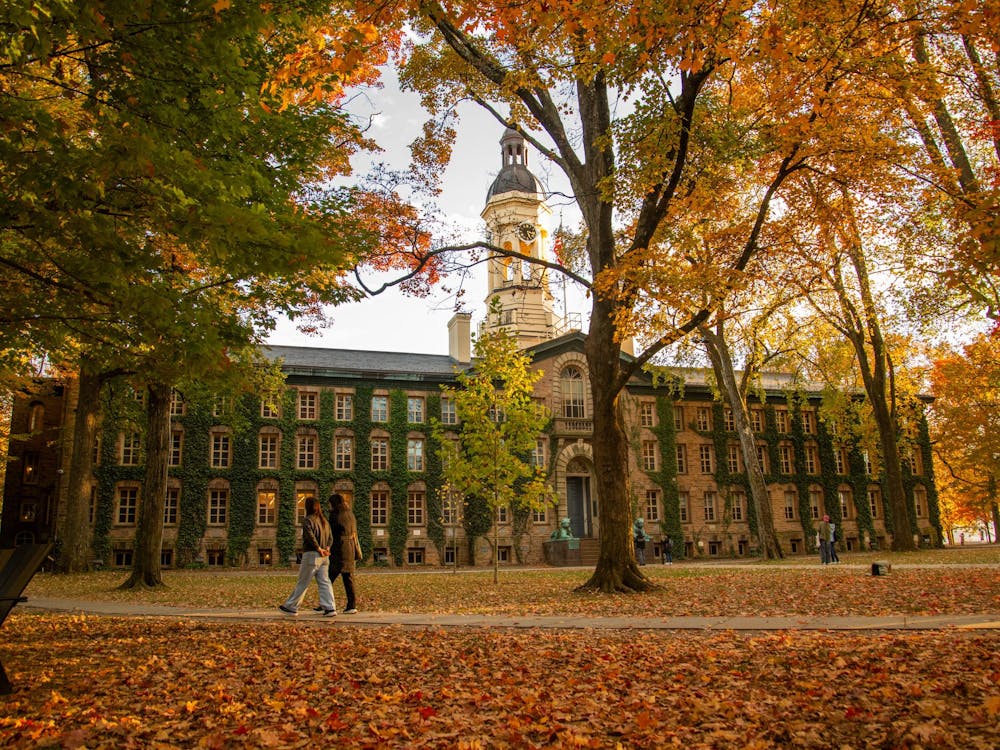The easy part of building a new system of campus life from scratch has now been completed. In a school as fabulously wealthy as Princeton with scores of gazillionaire alumni eager to donate to their alma mater, constructing Chateau Whitman or rebuilding Butler was never going to be a problem once the decision to do so was made. This is not to belittle the struggles of building Whitman College and setting it up as the centerpiece of the four-year-college system, but I think that the administration is going to discover that fitting the colleges into the campus social scene and keeping them a vibrant destination for students is a much more daunting task.
Much of this struggle will come from the fact that the residential colleges aren't real communities and don't engender the same kind of loyalty as do eating clubs or other campus organizations. By bundling the four-year colleges together with their companion two-year colleges, the University has attempted to create a sense of belonging and membership to tie the colleges together and create a community. Only with that currently absent loyalty will the colleges be more than a place to eat and sleep.
The reason this effort will fail is that there are simply far too many people in the residential colleges for residents to feel connected as a group, rather than connected through subgroups. The largest socially cohesive group that the human brain can handle is about 150 (known as Dunbar's number), meaning that any group over that size cannot be strongly knit. There are about 200 freshmen and another 200 sophomores in each residential college, not to mention upperclassmen, RCAs, dining hall workers and administrators. To expect a happy community to form among all of those people is simply not realistic; to expect one to form in the union of two groups of that size — the reason for having each two-year college partnered with a four-year one — is patently absurd.
That is why, for the most part, no one I know outside of Forbes really identified in a meaningful way with their residential college. I identified with people living right next to me, but there was no broader sense of unity. In my limited experience, backed up only anecdotally, a similar dynamic has begun to play out in the four-year colleges. I have not gotten the impression that anyone's identity is in any way affected by whether they live in a regular upperclass dorm or among freshmen. Conversely, one's eating club, team or set of extracurriculars is of vital importance to one's sense of self.
This problem of identification is exacerbated by the fact that there are several disparate groups of students who have chosen to live in the colleges. The first set of students is those who were genuinely alienated by the dominant social scene on campus centered on Prospect Avenue. Theoretically speaking, the colleges were designed to fill the needs of these students. An alternative community to serve their needs could have been created in the colleges had the administration decided to market this new system solely to the disillusioned, but that was not the case. Instead, these students make up a part of the upperclass population in the colleges but do not dominate the scene.
The decision not to create a social system entirely independent of the Street was driven by the need not to isolate these students from the rest of campus. A connection was needed between Whitman and Prospect, and the administration settled on split meal plans. In meeting after meeting and statement after statement, Nassau Hall stressed the importance of this new class of hybrid students to campus harmony. Upperclassmen who were in both a college and a club could bring us all together, or so the story went.
Instead, the upperclassmen I know who have joint meal plans have treated their colleges as little more than dorms and their clubs as their homes. The assumption was that because these students lived in the colleges, they would identify with the colleges; that has, so far at least, not been the case. Students attracted by bribery (subsidized meals) and luxury (massive and modern rooms) have little use for a faux community when they are already members of a real community. If the Whitman experiment, set in stone with millions already invested, is to work, then it will have to find a way to deal with this disconnect between students' homes and their dorms. Barry Caro is a history major from White Plains, N.Y. He may be reached at bcaro@princeton.edu.







